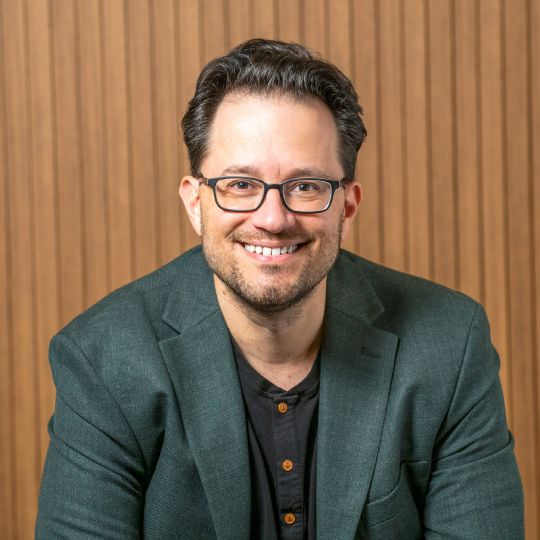What is adaptive learning anyway? (We’re glad you asked!)
Personalization is the new norm in consumer experiences. Online search results are based on your browsing history. Streaming services make custom recommendations based on your watch history. Even theme parks are personalizing ride experiences using customer data. To grab and maintain your attention in a crowded marketplace, companies are providing more and more unique experiences suited to your personal likes and needs.

The workplace experience hasn’t kept pace with the consumer world, especially when it comes to training. One size fits all is still the norm. While courses may be assigned based on role, department and/or competencies, significant numbers of employees are still completing training they don’t really need. Not only does this waste time and money, it also negatively impacts employee engagement. People notice how much easier it can be to solve problems and make decisions in everyday life thanks to personalized support.
Adaptive learning doesn’t just solve this problem. It transforms an organization’s training strategy so you can focus on the needs of each individual employee while supporting the full scale of your business.
By definition, adaptive learning is the purposeful use of data, technology and content to provide the right support at the right time and help an individual employee improve their workplace performance.
Modern learning should keep pace with the individual
Adaptive learning goes beyond more limited methods of training personalization, such as scenario branching and content recommendations. This strategy extends personalized learning beyond structured training. It provides an experience that grows and flexes with needs of an employee over time. After all, learning never stops. People learn. People forget. Priorities change. Expectations evolve. Therefore, a modern learning strategy should be built to keep pace and provide support when its actually needed. Adaptive learning makes this not only possible, but scalable as well.
Here’s a basic example. Peter and Alice step into the same role at the same time. However, they have noticeably different backgrounds, goals and current knowledge. Therefore, their support needs vary by topic. But they still need to master the same concepts to be successful on the job.

Peter and Alice start out by answering questions and challenging their knowledge of their role. This establishes a baseline and helps adaptive learning technology determine their ongoing training needs. Their training extends beyond the typical onboarding program and personalizes to focus on their specific knowledge gaps. For example, Peter will receive additional content on customer service, while Alice is focused on the company brand and products. Their adaptive learning experiences include a variety of resources provided on a daily basis, including online content, reference articles, questions, and scenarios, as well as targeted coaching from their manager. Data is collected to identify subtle changes in their knowledge, behavior and performance in order to continuously adapt the learning experience.

Peter and Alice are both able to quickly improve their knowledge because their training is focused on just what they need at the right time. Not only are they able to develop at their own paces, but they are also able to sustain their capability thanks to the ongoing nature of adaptive learning. And, when new topics and business priorities come up, data from their adaptive experience can be used to determine what (if any) training each employee will need.
Adaptive learning requires the right data, technology and content, but it’s ultimately about people. It’s about Peter and Alice. It’s about acknowledging people’s individual needs and using the best techniques to provide the right support at the right time to help them solve problems and achieve their goals. It’s about enabling people to focus on the right things for themselves and for your business.
